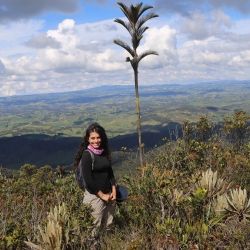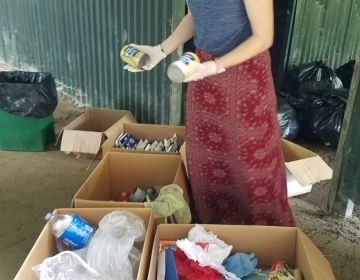Educational program on native plant gardens
Written by Fay Swift (Knox College), Internship on Sustainability and the Environment.
My last four weeks were spent working for the Monteverde Conservation Association at Bajo del Tigre. The ACM purchases land to add to the BEN, or Bosque Eterno de Los Niños, the largest private reserve in Costa Rica. Here I developed a lesson for sixth graders covering the importance of preserving native plants and the services they provide.
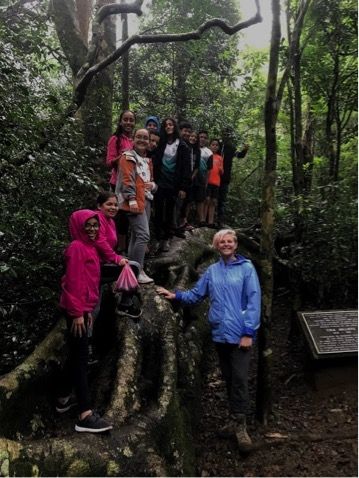
I have a strong passion for education about the value of our natural environment. The need for environmental education based on the greenhouse at Bajo del Tigre sparked my interest in this project. The presence of lawn culture in the United States fascinates me, and after talking to people here it was evident that the issue is international. I wanted to engage in the opportunity to teach people who live next to such an essential ecosystem about why preserving and nurturing those native species is important.
Using information from ProNativas and my classes here in Costa Rica, lesson plans made by past students of CIEE, and the various people who graciously helped me, I compiled a three-part lesson plan for a group of sixth-graders from the Cerro Plano grade school. Part one was an in-class activity to teach students about plant parts in Spanish and English, as well as their basic functions. This included the services those plant parts provide for the environment and for humans.
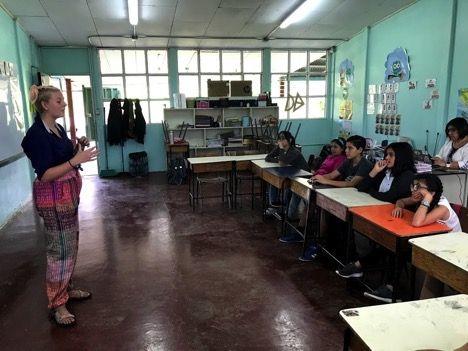
Part two was a field trip to Bajo del Tigre. We started in the greenhouse to learn about the characteristics of specific native plants. They reviewed their parts and ecosystem services. After the greenhouse, we hiked to give them to the opportunity to see, smell, and touch first-hand native plants and the services they provide.

Lastly, each of the 12 students was given a plant with an ecosystem specialty. They individually made the holes and planted and watered the seedlings themselves. Some even gave the plants names. Here we talked about their responsibility not only to the plants but to the environment, and about how important taking care of the environment is for their own health.
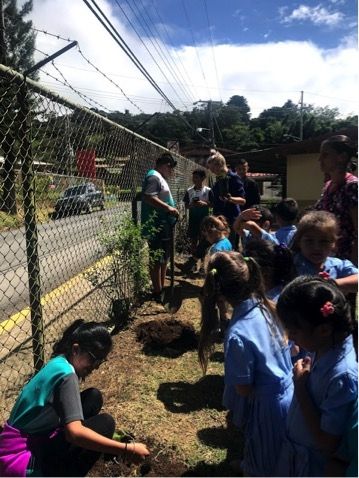
Related Posts
Costa Rica vs. Argentina: Which is Better for Study Abroad?
Imagine yourself sipping mate in a bustling Buenos Aires café or lounging peacefully in a hammock overlooking Costa Rica's lush rainforests. These contrasting scenes represent just a glimpse of the... keep reading
Top 10 Study Abroad Volunteer Opportunities with CIEE
Have you ever wondered if you could volunteer abroad? Perhaps you're looking into study abroad programs that provide international volunteer opportunities. If you’re itching to study abroad and truly make... keep reading
Recycling Internship with ADI San Luis
Written by Maya Peske (Cornell College), Internship in Sustainability and the Environment The road from San Luis up to Monteverde is well known by all of the people in the... keep reading

